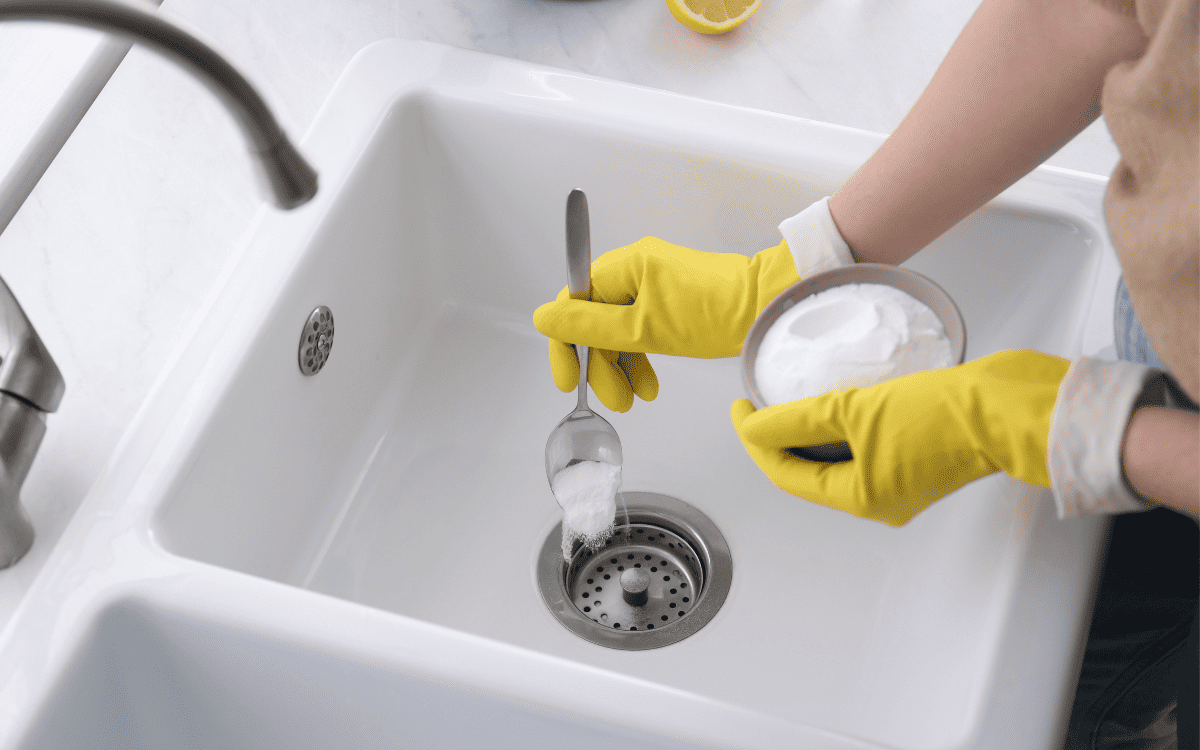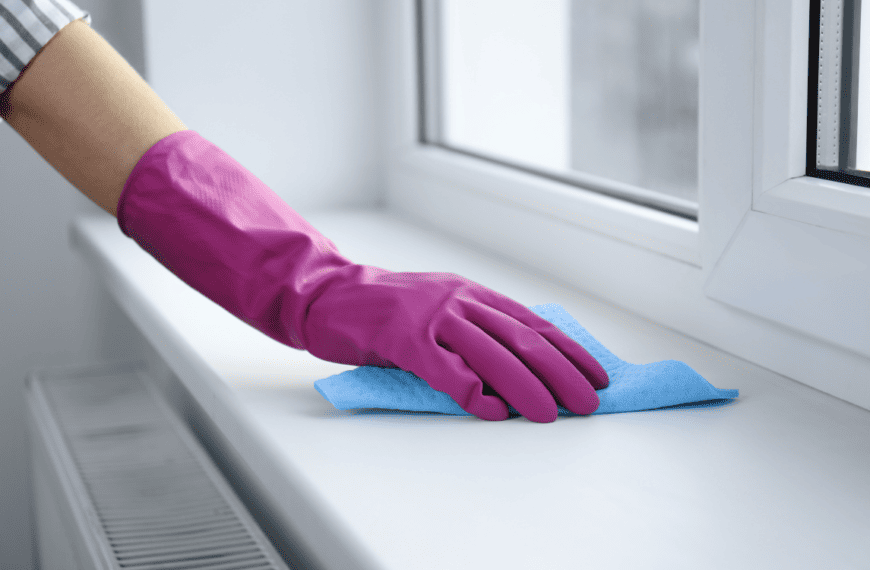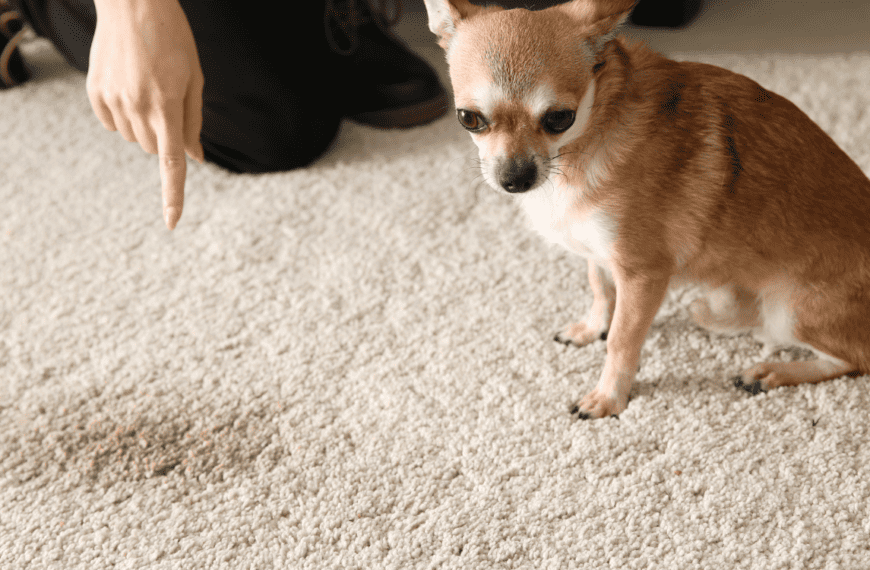After you have checked the refrigerator, the pile of dirty laundry, and even the dog, you may have to accept the fact that the smell in your house is coming from your drain. A smelly drain, whether it’s in your kitchen or bathroom, will spread its odor throughout the entire house. I’ll show you how to clean a smelly drain so that you can get your house smelling good again. Even if you need a quick solution, my method for how to clean a smelly drain should eliminate the odor immediately.
Before You Begin: Important Tips
- Safety First: using natural remedies for cleaning a smelly drain can be safer for you, the environment, and your pipes
- When to Call the Pro: if the smell persists, the issue is likely a plumbing issue or sewer problem that needs professional attention
What Causes Foul Smelling Drains
Foul-smelling drains can happen anywhere in the home. You likely have drains in your kitchen, laundry room, and especially the bathroom. It’s best to identify what is causing the drain smell before you get started fixing it.
- Food particles stuck in your kitchen sink drain can be filled with odor-causing bacteria
- The buildup of gunk, bacteria, hair, and soap scum in the bathroom drains will cause foul odors
- Sewer gas
- Mold growth due to lack of cleaning, humid conditions, or older plumbing systems
- Dry or empty P-Trap
- Tree root
How Do You Get the Rotten Smell Out of a Drain
To get the rotten smell out of a drain, you’ll need half a cup each of baking soda (sodium bicarbonate) and white vinegar, plus two cups of boiling water. Sprinkle baking soda down the drain, followed by vinegar. The baking soda and vinegar react to break down grease, grime, and bacteria. Let sit for 15 minutes, then flush with hot tap water or boiling water. This works on stinky drains in the shower, kitchen sink, and even your garbage disposal.
Additional Methods for Cleaning Stinky Drains
If the baking soda, vinegar, and hot water solution don’t clear your drain, there are other options before calling professionals. Consider flushing with boiling water again. This usually works for me.
Mrs. Meyers Probiotic Drain Maintenance Liquid
Mrs. Meyers Probiotic Drain Maintenance Liquid is a great solution for shower drains, kitchen sinks, and garbage disposals. This product is 88% plant-derived, which makes it safe for septic systems. You will get a fresh lavender scent, a welcome reprieve from that stinky drain smell you have been experiencing.
- Rinse the drain with water to make sure that the majority of debris is clear
- Check the package instructions for how much to use on your specific type of drain
- Pour Mrs. Meyers directly into the drain and let it go to work
- After sitting for approximately 20-30 minutes, rinse with cold water
- Repeat as necessary to keep the drain smell away
Baking Soda and Boiling Water
Baking soda is abrasive and odor-neutralizing. I find that the baking soda and vinegar combination to be more effective than just baking soda. However, if you don’t have white distilled vinegar in the house but still want to tackle your smelly drain, give this one a try.
- Pour half a cup of baking soda down your drain
- Let the baking soda sit for about a half-hour
- Pour boiling water down the drain
- Let this sit for another half-hour
- If the smell persists, repeat the process or try adding vinegar and baking soda at the same time
Plunger
A plunger is a common method for clearing up a smelly drain, but ensure we don’t use the bathroom plunger in the kitchen. In fact, be careful where you use your bathroom plunger so you do not spread bacteria. The plunger is most effective for clogs causing unpleasant smells.
- Place the plunger over the smelly drain and create a tight seal
- Push up and down on the plunger to help dislodge anything that may be stuck in your drain
- Repeat the process with the plunger for about 2 to 3 minutes
- Flush with warm water and see if the drain pipe still has an odor
Lemon/Citrus
I prefer using the lemon or citrus method for a smelly garbage disposal. It’s less effective for bathroom sinks and shower drains. Lemon’s acidity and natural oils help break down bacteria in the drain. Avoid large pieces to prevent damaging your garbage disposal blades.
- Take a lemon and cut it into small pieces, about 12-16 pieces
- Place the lemon pieces in your garbage disposal
- Run cold water and the garbage disposal at the same time for about two to three minutes
- Turn off the disposal and then rinse the drain with warm water
Ice and Salt
Coarse salt and ice cubes can effectively eliminate garbage disposal smells. I’ve also successfully used this in a sink drain. Effectiveness depends on how bad the issue is and what is causing your drain pipes to smell.
- Pour about three tablespoons of salt down your clogged drain
- Take two cups of ice and place it on top of the drain
- Pour one more tablespoon of salt on top of the ice
- Let the ice melt and work its way through the drain slowly
- When all of the ice and salt are gone, rinse thoroughly with warm water
Deep Cleaning Method for Drain Cleaning
If one of my methods worked, you’re in luck. Sometimes, you will need more than just pouring a chemical drain cleaner or vinegar down the drain.
- Find the P-trap located beneath the sink, place a bucket directly under the P-trap, and remove it using pliers or a wrench
- Take any debris caught in the P-trap and get rid of it; clean it by rinsing it with hot water
- Now, use an auger, wire hanger, or even a garden hose to break up clogs in the drain pipe
- If these don’t work to dislodge a clog, you can use a plastic drain snake to remove any additional blockages
- Finally, after putting the P-trap back in place, you can flush the drain with boiling water and wait for it to dry to see if it cleared the smell
- If the smell is still there, call in a professional
When To Call a Professional About Smelly Drains
Every time I’ve struggled with a smelly drain problem, baking soda, vinegar, and hot water can usually take care of all lingering gunk, debris, and other debris. If you find that the smell is not going away, you need to get professional help.
Notice a sewer-like stench? Could be gasses from a cracked pipe or a system issue!
Call a plumber for a thorough check and to tackle deep clogs.
Preventing Stinky Drain Smells
Once your stinky drain is cleared, the last thing you want is to have to go through this process again. Here are some steps you can take to avoid dealing with this in the first place.
- Don’t pour grease and oil down the drain; instead, let it harden and throw it in the garbage
- Use a drain screener or strain to keep debris from falling down the drain
- To keep P-traps from drying out, make sure to turn all sinks and showers on periodically
- Put food scraps in a compost as opposed to letting them fall down the drain
- Use the vinegar, baking soda, and hot water solution monthly to fix smelly drains
- Flush regularly with hot water to discourage bacteria growth and prevent smelly drains
Frequently Asked Questions (FAQ)
Is It Safe To Use a Chemical Cleaner if I Have a Septic System?
Using a chemical cleaner is unsafe if you have a septic system. The chemical cleaners will damage and eliminate the bacteria that are doing their job inside the sewer system. Instead, look for a septic-safe solution for drain smells or contact a plumber to help clear the issues.
Can I Use Bleach To Clean a Smelly Drain?
When using bleach on drain odors, make sure you have not already tried to fix the drain issue with another chemical or method, as mixing chemicals can be dangerous. I have used bleach to clean smelly drains before, and it does work well to eliminate smell. But, make sure you have plenty of cross-ventilation when working with bleach. If you have a septic system, be cautious, as bleach can disrupt the bacterial balance.
Is It Safe To Mix Different Drain Cleaners?
Never mix any type of drain cleaner with another. The chemicals inside the cleaners can react with each other and create a hazardous situation.









